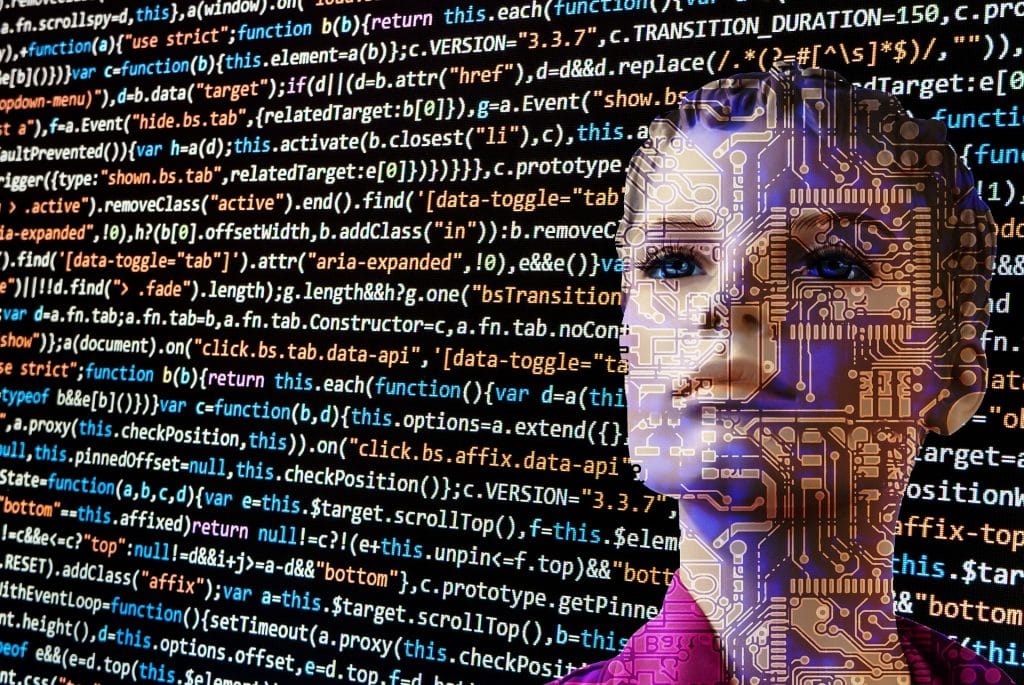Artificial intelligence (AI) has the potential to transform our world and improve many aspects of our lives.
However, the use of AI also raises important ethical and social questions that must be carefully considered.
In this article, we will explore some of the potential risks associated with the use of AI, including issues of accountability, bias, job loss, privacy, and misuse.
By understanding these risks, we can take steps to mitigate them and ensure that the benefits of AI are shared by all.
What are the risks associated with the use of artificial intelligence?
There are several potential risks associated with the use of artificial intelligence (AI). Some of the most common ones include:
- Lack of accountability: Because AI systems can be complex and hard to understand, it can be difficult to know who or what is responsible if something goes wrong. This lack of accountability can make it difficult to hold anyone accountable for the actions of an AI system, which can lead to harm or negative consequences.
- Bias: AI systems can be trained on data that contains biases, and these biases can be amplified and reinforced by the algorithms used in AI. This can lead to unfair or discriminatory results, and can harm individuals or groups of people.
- Job loss: As AI systems become more advanced, they may be able to perform many tasks that were previously done by humans. This could result in job loss, particularly for workers in industries that are heavily automated.
- Privacy concerns: AI systems often rely on data to function, and this data can include sensitive personal information. If this data is not properly protected, it could be accessed by unauthorized parties, leading to potential privacy breaches.
- Misuse of AI: AI systems can be used for malicious purposes, such as creating fake news or spreading disinformation. This can have serious consequences, including undermining trust in institutions and damaging people’s reputation.
Overall, the potential risks of AI are complex and wide-ranging. It is important for researchers, developers, and users of AI to carefully consider these risks and take steps to mitigate them.
How to avoid them?
There are several ways to avoid the risks associated with the use of artificial intelligence (AI), including:
- Ensuring accountability: It is important to establish clear lines of responsibility when it comes to AI systems, so that there is someone who can be held accountable if something goes wrong. This can involve setting up governance structures and processes to oversee the development and use of AI, and making sure that there are mechanisms in place to investigate and address any issues that arise.
- Reducing bias: AI systems can be trained on data that contains biases, which can be amplified and reinforced by the algorithms used in AI. To avoid this, it is important to use diverse and representative data sets when training AI systems, and to carefully evaluate the results to ensure that they are fair and unbiased.
- Preparing for job loss: As AI systems become more advanced, they may be able to perform many tasks that were previously done by humans. This could result in job loss, particularly for workers in industries that are heavily automated. To avoid this, it is important to invest in training and education programs that can help workers transition to new roles and industries, and to support them as they adapt to the changing job market.
- Protecting privacy: AI systems often rely on data to function, and this data can include sensitive personal information. To avoid potential privacy breaches, it is important to implement strong privacy safeguards, such as encrypting data and limiting access to authorized parties only.
- Preventing misuse: AI systems can be used for malicious purposes, such as creating fake news or spreading disinformation. To avoid this, it is important to establish clear guidelines and regulations for the development and use of AI, and to monitor and enforce compliance with these rules.
Overall, avoiding the risks associated with the use of AI requires a combination of technical measures, regulatory frameworks, and social responsibility. By working together, we can ensure that the benefits of AI are realized without creating harmful consequences.


